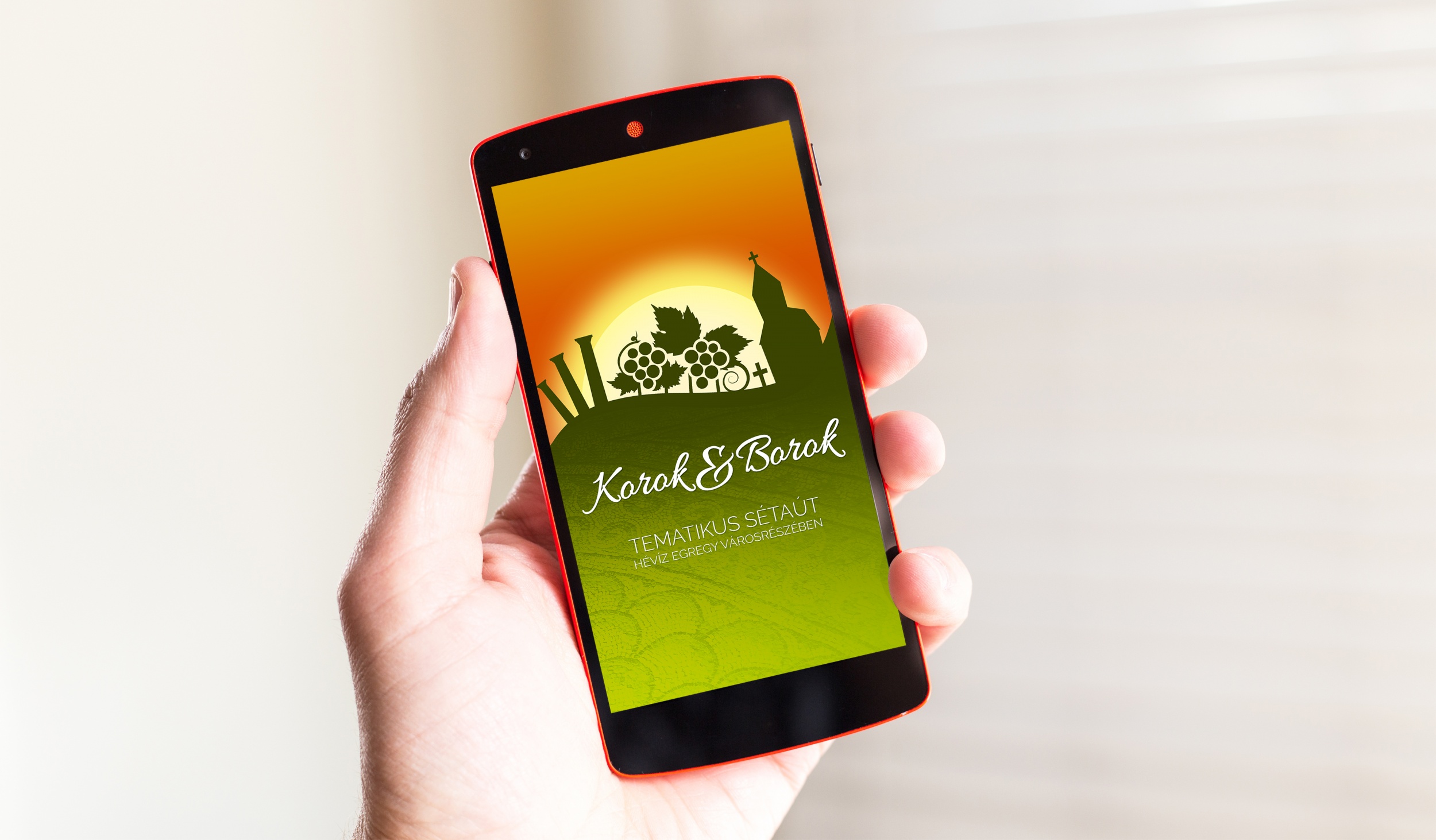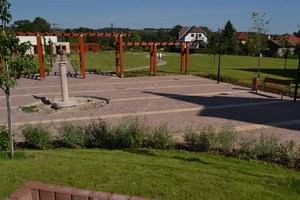 The level of the small public square is sunk under the level of the sidewalks, it is paved with decorative stone, equipped with drinking fountain, benches.
The level of the small public square is sunk under the level of the sidewalks, it is paved with decorative stone, equipped with drinking fountain, benches.
About the Parade Square
It was established directly next to the Roman Catholic Church joined with the entrance of the church and opening the space between Zrínyi Street and the event area. The level of the small public square is sunk under the level of the sidewalks, it is paved with decorative stone, equipped with drinking fountain, benches and it is separated from the museum and the ruin park with arbour-like gate structures. A newly planted line of trees provides shadow on the south side of the square between the church and the square.


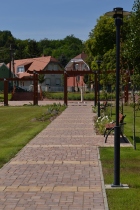





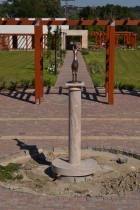




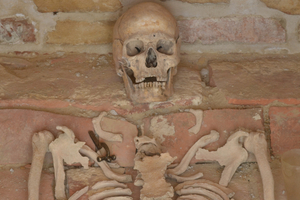
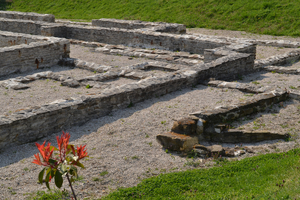

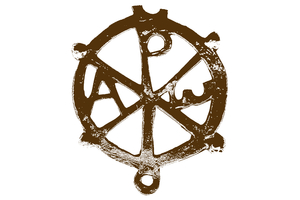
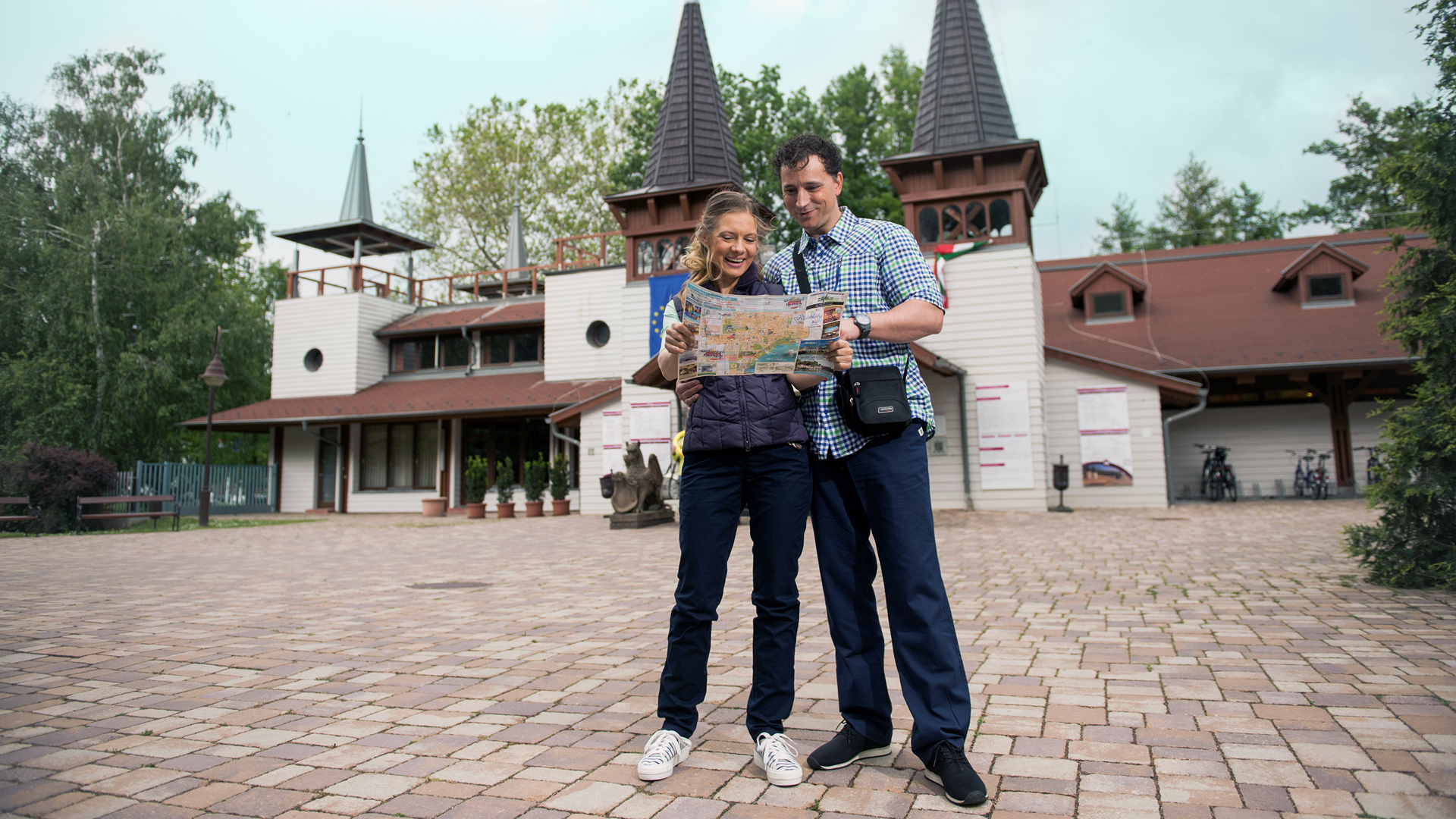
.jpg)
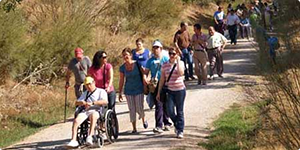
.jpg)
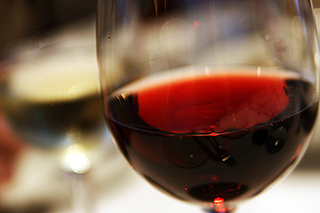
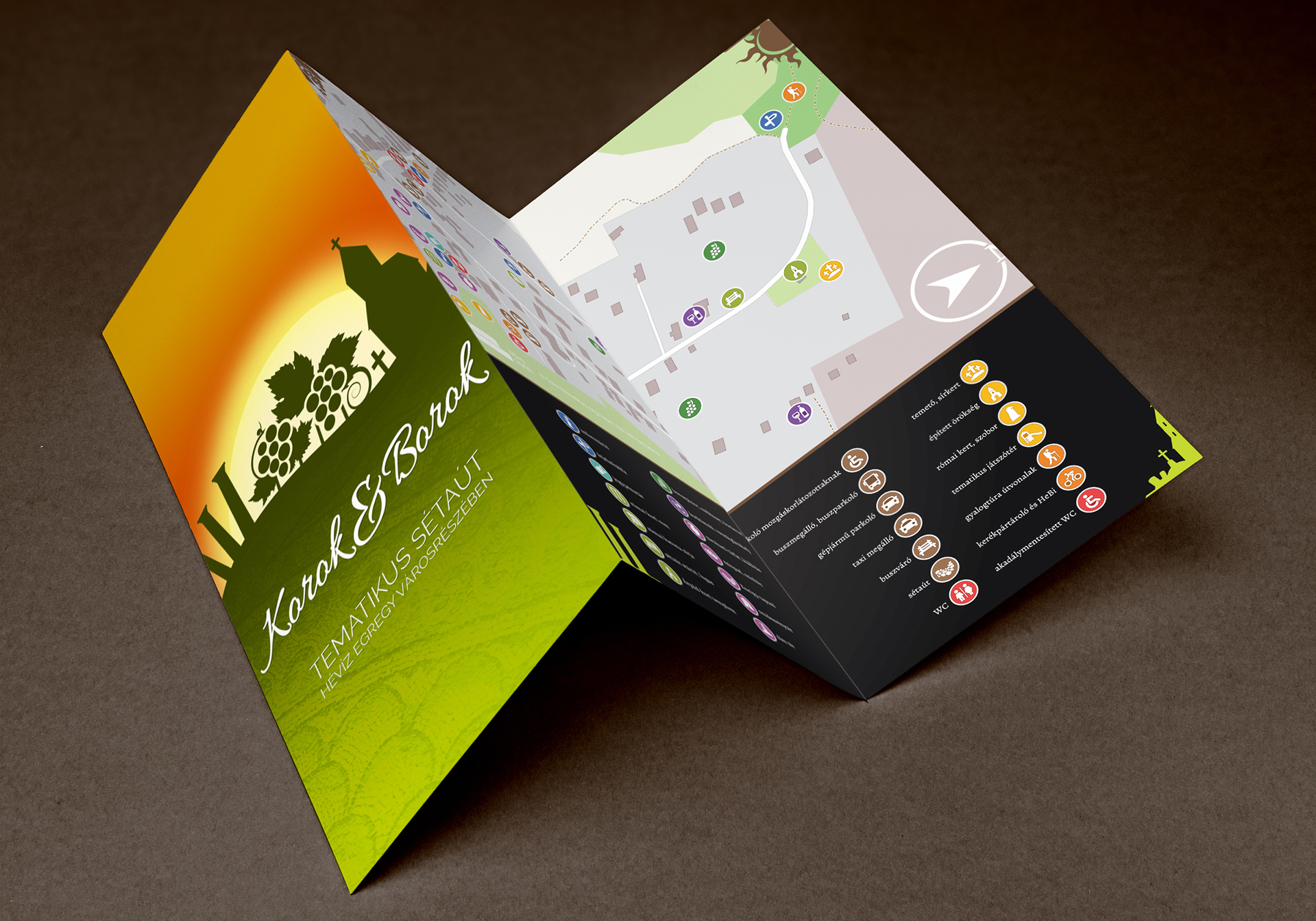
 Roman ruins
Roman ruins Grave of the roman soldier
Grave of the roman soldier Walking path stations
Walking path stations Church from the Árpád era
Church from the Árpád era Winery, wine cellar
Winery, wine cellar Wine bar, tavern
Wine bar, tavern Presentation building, exhibition
Presentation building, exhibition Event are
Event are Stage, theater
Stage, theater
 Parade square
Parade square Kneipp Stepstones
Kneipp Stepstones Ticket office & gift shop
Ticket office & gift shop Information
Information
 Signs
Signs Cab parking
Cab parking Car parking spaces
Car parking spaces Bus station, minibus parking
Bus station, minibus parking Parking spaces for the disabled
Parking spaces for the disabled
 Rest area
Rest area Walking path
Walking path Bicycle storage & HeBi
Bicycle storage & HeBi Walking routes
Walking routes Thematic playground
Thematic playground Roman garden & statue
Roman garden & statue Architectural heritage
Architectural heritage Cemetery, graveyard
Cemetery, graveyard Rest rooms
Rest rooms
 Rest room for the disabled
Rest room for the disabled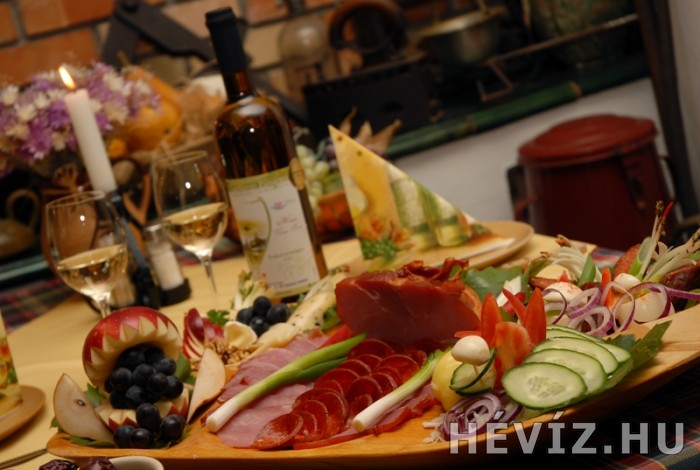
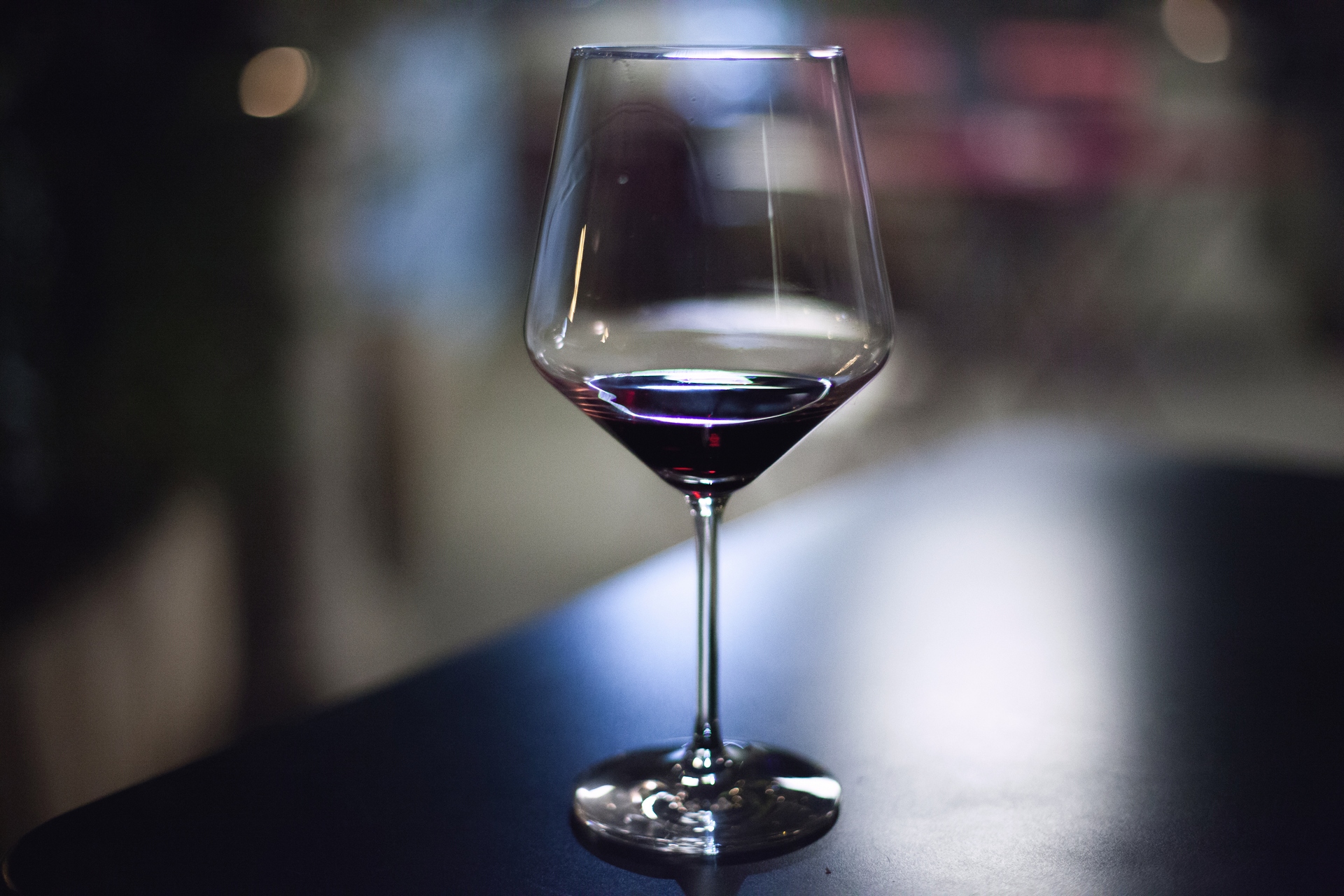


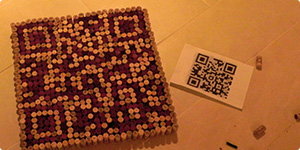
.jpg)
